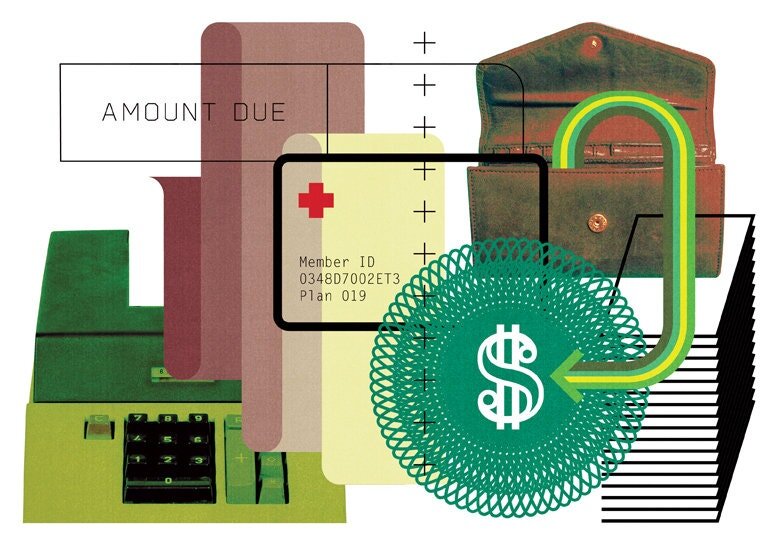Medical billing is an extremely important component of the health care industry. This article highlights some common medical billing mistakes and the types of services available to ensure the best record of care for patients and the best physician reimbursements for the services rendered.
Overwhelmed by Medical Bills, and Finding Help on TikTok
Surprising Swings In Momentum For Legislation On Surprise Medical Bills
For 2020, California Goes Big On Health Care
California is known for progressive everything, including its health care policies, and, just a few weeks into 2020, state leaders aren’t disappointing.
The politicians’ health care bills and budget initiatives are heavy on ideas and dollars — and on opposition from powerful industries. They put California, once again, at the forefront.
Analysis: In Medical Billing, Fraudulent Charges Weirdly Pass As Legal
UVA Doctors Decry Aggressive Billing Practices By Their Own Hospital
Ban on Surprise Medical Bills May Pass After All
The Price of 500 Prescription Drugs Have Gone Up This Year: What to Know
Why Was My Doctor Visit Suddenly So Expensive?
Stuart Bradford
The facility fee may be to blame for the added costs of a doctor visit.
Q. I was recently charged a “facility fee” for seeing my doctor, doubling the cost of my visit. What is the facility fee?
A. A facility fee is an additional charge that some medical practices can add to the cost of each doctor visit. The additional charge usually comes as a surprise because, unlike an exam or a test or treatment, the facility fee is not tied directly to hands-on care.
The purpose of the facility fee is to compensate hospitals for the expense of maintaining the physical premises. Hospital-owned, off-campus medical practices are also allowed to charge the facility fee to cover specific regulatory requirements, such as building codes, disaster preparedness, equipment redundancy and other items that are largely invisible to patients.
While the regulatory requirements are arcane, the economics of the facility fee are straightforward: the practice bills more; the hospital makes more; and the patient pays more.
How much more you might have to pay depends on the complexity of your visit and whether you are a new patient. For new patients, whose visits entail more work than those of established patients, facility fees typically range from $131 to $322 per visit; for established patients, they are slightly lower. In surgical centers and free-standing emergency rooms, the facility fee can be thousands of dollars.
It is difficult to know in advance where your visit will fall within these ranges, as cost is determined by the CPT code, the billing designation that indicates the medical, surgical and diagnostic services you receive during your visit. The CPT code is typically assigned after your visit by your doctor’s business office.
The portion of the facility fee that you have to pay depends on your insurance plan. “Gold plans” usually cover a percentage of the facility fee at in-network facilities, but “bronze plans” often do not. At out-of-network facilities, costs will be higher, and coverage will be less. With all plans, you will be responsible for the entire facility fee until your deductible has been satisfied. Thus, facility fees can easily add a thousand dollars or more to a family’s annual health care costs.
You have the right to know upfront whether a facility fee will be assessed. The insurance company Aetna, for example, advises: “Ask if there will be a facility fee. If so, find out whether the procedure can be done at another location that doesn’t charge a fee. Facility fees can be tough to fight after the fact.”
One can avoid these costs by seeing a doctor whose practice is not owned by a hospital. Whether it is worthwhile to stay with a doctor or practice that charges a facility fee is a personal decision. The decision should be based on one’s finances and medical problems.
One option might be to stay with your doctor for long-term, serious health issues, but to use lower-cost venues, such as walk-in clinics, for minor problems. By Richard Klasco, M.D Source: https://www.nytimes.com/2019/11/01/well/live/why-was-my-doctor-visit-suddenly-so-expensive.html










